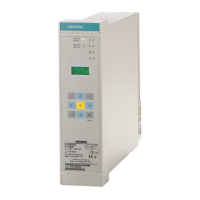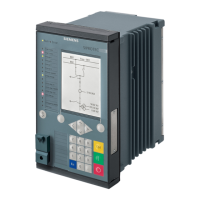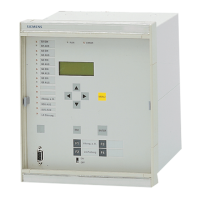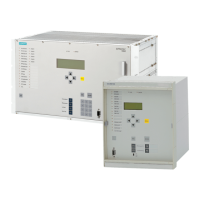[sync-anschalt-bei-staend-freig, 1, en_GB]
Figure 2-11 Connection in continuous activation
Switching to Dead Line/Busbar
Connecting two components of a power system is also possible if at least one of the both components is
deenergized. No voltage is recognized, if the measured voltage is smaller than the threshold 6105 U<. Three
phase connection increases safety since multiple voltages must meet the conditions.
Besides release under synchronous conditions, the following additional release conditions can be selected for
the check:
SYNC U1>U2<
= Release on the condition that component U
1
is ener-
gized and component U
2
is de-energized.
SYNC U1<U2> = Release on the condition that component U
1
is de-
energized and component U
2
is energized.
SYNC U1<U2< = Release on the condition stating that component U
1
and component U
2
are de-energized.
Each of these conditions can be enabled or disabled individually; combinations are thus also possible (e.g.,
release if SYNC U1>U2< or SYNC U1<U2> are fulfilled).
The threshold below which a power system component is considered as de-energized is defined by parameter
U<. If the measured voltage exceeds the threshold U>, a power system component is energized. Thus, with a
multiple-phase connection at side U1 and with activated phase sequence monitoring, all three voltages have
to be placed via the threshold U>, so that the side U
1
is recognized as energized (see Figure 2-12). With single-
phase connection, of course, only one voltage has to exceed the pickup value.
2.2.1.8
Functions
2.2 Paralleling Functions
46 SIPROTEC 4, 7VE61 and 7VE63, Manual
C53000-G1176-C163-3, Edition 10.2017
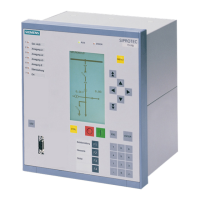
